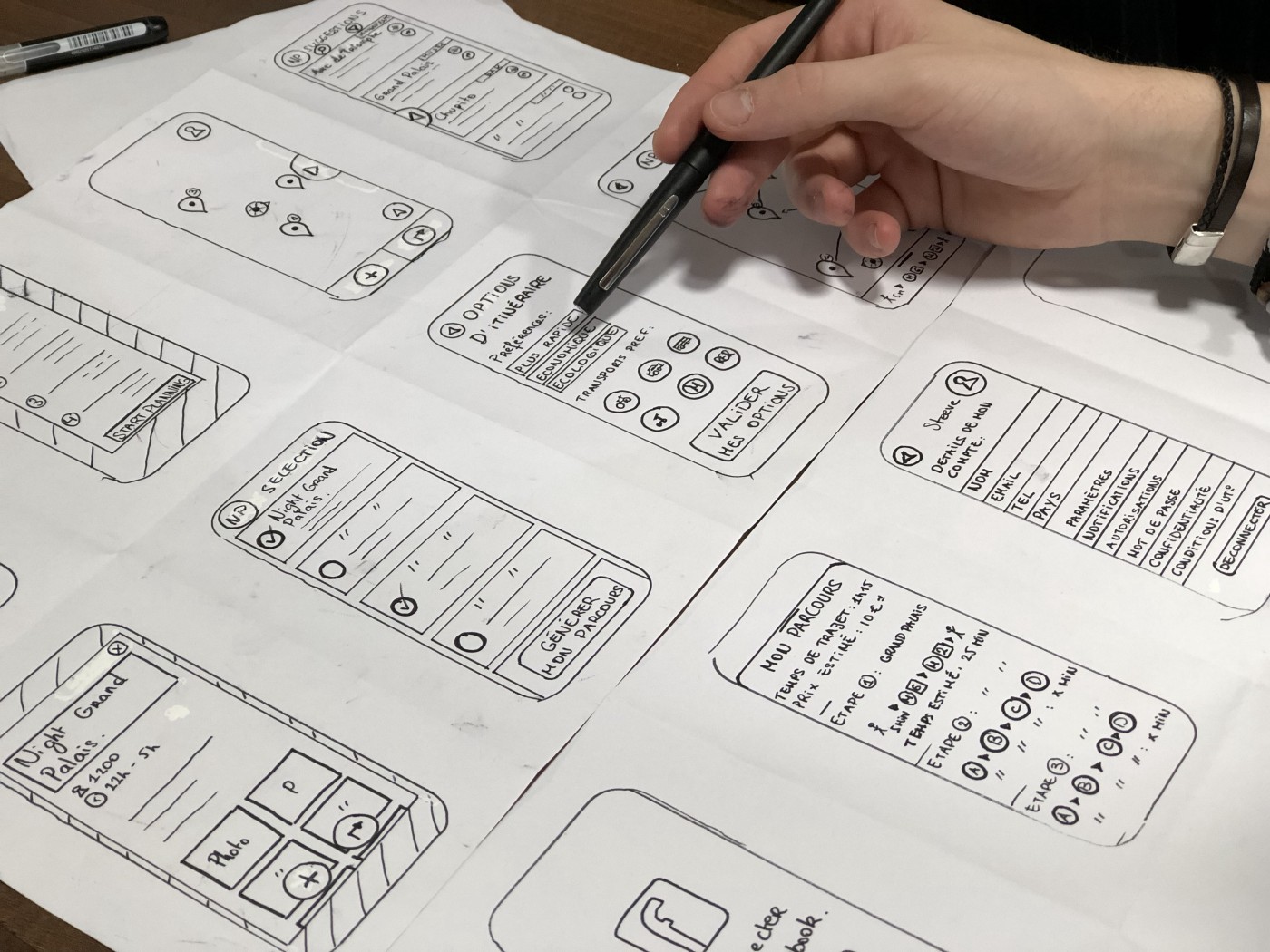Freelancing
How to spot a bad client
Someone recently reached out and told me about a freelance project they got. The role itself sounded great. But there was something that made her feel unsure about taking on that client.
When you freelance for a while, you learn that some clients are better to work with than others. It's not so much about the project itself but the people you work with. If you work within a great team, the outcome will be something you're proud of.

Photo by Towfiqu barbhuiya on Unsplash
I told her, that over time, you get a good gut feeling who to work with and who to avoid. Even during the interview stage. But until you gain that knowledge, here are certain red flags that might indicate that it's a bad client.
Spot a bad client during the interview stage
Ideally, you'll spot a bad client before you start working with them. This will safe you a lot of time and grey hair.
🚩 When they interrupt you during the calls
This one is a very quick way to spot a bad client. If they ask you a question and semi answer it for you. Or if they interrupt you mid-sentence because they think they know what you're about to say.
Try to avoid working with those clients. They don't hire you for your expertise, but they hire you because they think you'll do what they ask you to. They don't think they hire someone who knows their stuff better than themselves. They hire someone so they just execute the details. This type of client is often a micro manager. Which brings me to the next point.
🚩 "This is what I want"
I worked on projects before where the client has prepared some user flows or wireframes. There's no issue with that at all, they want to put their ideas down to not lose track and will ask you to flesh them out and improve them. BUT if they just hand you something and say "Just make this look pretty" and don't want your input on improving anything, that's the type of client to avoid. They don't value your expertise, they just want to work with a machine who executes their tasks.
🚩 Badmouthing previous designers
During the interview, ask how many people are working on the project. Will you be the sole designer or part of a team? If you're replacing a designer, ask why the previous designer is leaving.
If they talk badly about a current or previous designer, it's usually a sign that they don't respect designers and therefor won't respect you and your expertise. It could be that they don't get along with that particular person, but even if that was the case, it's irresponsible to show that to a new designer during the interview stage.
Anyone can promote themselves as a freelancer and copy+paste work created by AI or from platforms like Dribbble. So I can imagine that some clients get scammed. This is quite rare though.
🚩 It's all about the money
It's a red flag when they ask about your fee before they ask about anything else. Or when they ask for discounts or even free services. The money question should come towards the end.
For me, this can also be a design task. Especially if it's a task which is about a real problem they have and not just a generic task. Which leads me to the next point.
🚩 They ask for a design task
When it comes to UX Design, they often give you a task to prepare for the interview. I understand where they're coming from and why they do it. But I don't see why this is such a common thing for designers and developers, but not for other jobs.
You wouldn't ask a doctor to operate before you hire them. Their certifications and work experience will give you that proof. Same thing with a mechanic: Have you ever taken your car to someone, asked them to fix something for free because if they do that, you will come to them to fix the real problem about your car? Exactly!
Especially when you
1. freelance
2. have a portfolio with real work
3. client referrals
When it comes to freelancing, notice periods are usually quite short anyway. I understand that clients want to hire the best person possible, but please don't do design tasks. Offer them to talk them through a project instead that is similar or relevant to their task.
Red flags for clients you're already working with
How many times have you been in a situation where you felt like you wanted to finish your freelance gig early? Was it, because there was another change of brief? Or because the client suddenly wants you to work on something else, something urgent, that was needed yesterday but only got to you 5 seconds ago?
So here are a few red flags when you're already working with the client and how to deal with those.
🚩 Constant change of scope
Constant change of deliverables can be very frustrating. When you deliver something that won't get implemented because the client isn't aware of their root problem, but also wouldn't let you do the research to dig into it, it won't be fun to work with them.
Of course, at start ups or companies that are in the early stages and are working on POCs (Proof of concepts) or on quick solutions to get funding, this can be common. So be aware of what you're getting into when you work with start ups. There are also small companies that have defined their core product, so change of scope isn't that common.
It can be very frustrating to work on something and then learn that it won't get developed because of a change of direction. If that's something you can deal with, fine. If it's something that annoys you, let the client know that they need to define the scope better. Or suggest to them to start with research instead of going directly into the next design phase.
🚩 "I know it when I see it"
Run!! Just run! You'll end up tweaking and tweaking, start doubting your skills and loose motivation and the love for design. Those clients don't know what they want or need. They don't know the core problem and therefor will never know, no matter what they see.
🚩 No boundaries
In days of remote work and where everyone works in different time zones, it happens every now and then that you receive an email or slack message late at night. If they expect you to reply instantly though, that's a red flag. We exist outside our work life and if a client doesn't understand that, it'll be tricky to work with them.
• • •
Don't get discouraged. There are good clients out there. And also, not all clients with red flags are bad clients. It's a warning, but not a guarantee. So go with your own judgement.
I hope these tips will help you avoid working with a bad client in the future.
If you want to learn more about freelancing, feel free to sign up to my newsletter.




